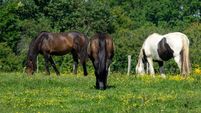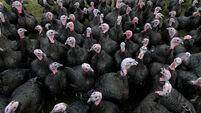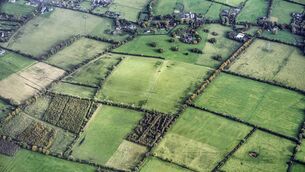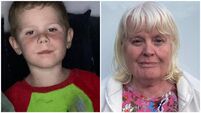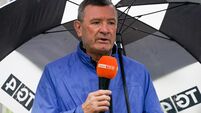Aim to have all heifers fit to breed in April
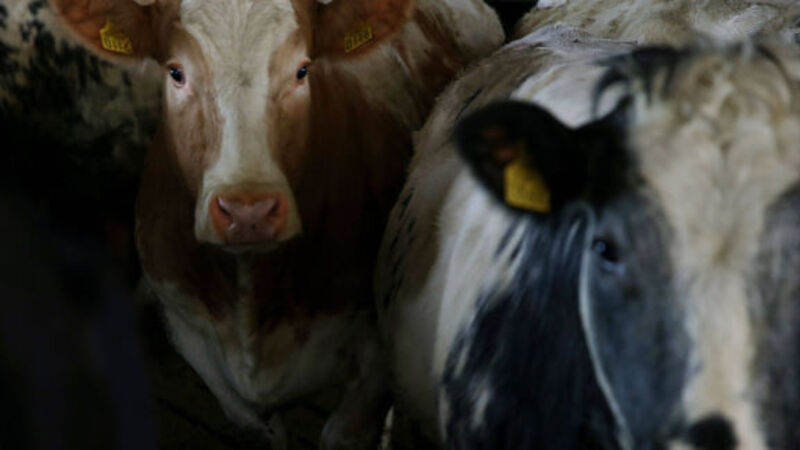
If you are not a great judge of weights, you might call in the Farm Relief Service or some one that can help.
Time is quickly passing for bringing backward animals back on track for early breeding, and bringing backward in-calf heifers up to target.

